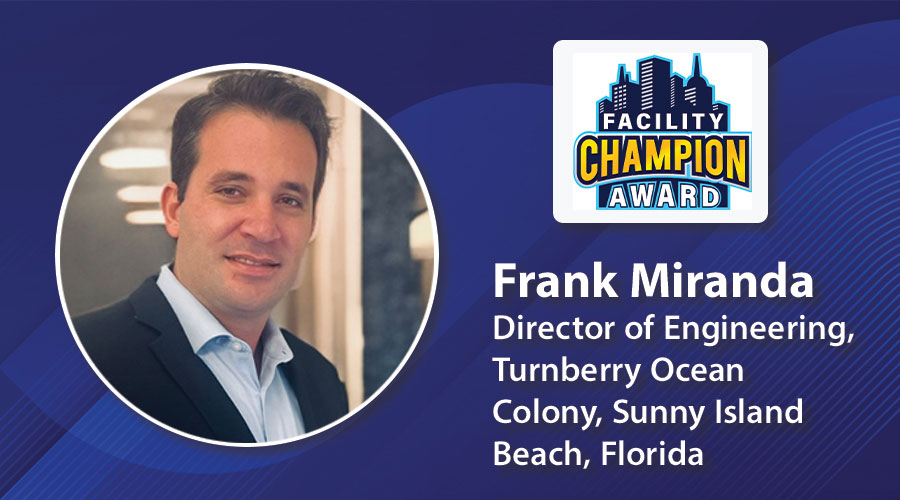What Top Ranked Companies Have in Common
All the most admired companies have disruptive characteristics in common.
Although they represent different market segments - airline, manufacturer, software company and retail chain - the most admired companies in 2025 all have disruptive characteristics in common. They are not static entities that pride themselves on organizational stability.
Best Companies move progressively through innovation. No longer do these companies believe in standing still. They constantly strive to bring innovation to the forefront of their strategic thinking.
Application for FM. If an FM organization is well regarded within the corporate hierarchy and functions from a position of service strength, it may be time to shake up the familiar and march towards something new. FM leaders should flip the challenges presented to opportunities and look for best practices outside the company and the FM profession for potential use within the FM organization. They should focus on what innovation means for the organization and introduce a tech-savvy, risk-taking, analytic, and collaborative framework moving forward.
Best Companies deliver with agility. Even companies that have made their mark through innovation have learned that enhanced speed to market is a critical component of their success. This does not mean they are always successful with new products or services, but they have figured out how to benefit from their failures and move on quickly. Companies that dwell on failure become mired in data and process analysis which often paralyzes the company from overcoming mistakes and moving forward. The best companies have figured out how to capture lessons learned from mistakes and harness their energy to redirect it towards making a product and/or service better.
Application for FM: Adapting to change quickly often is not the standard mantra for FM organizations. Consistent, reliable service delivery tends to be the FM goal. With an increased corporate focus on speed to market, FM organizations need to be recognized for their ability to respond to changing situations quickly. Whether it is an emergency or a new and untried task in methodology, more than ever, FM organizations must react with increased speed. To redefine nimble in FM, organizations need to evaluate processes to find opportunities for streamlining, add staff who come with emerging technology expertise or can adapt rapidly, and search for new ways to add value to the business bottom line. Fifty-one percent of the world’s best company CEO’s align operational models and organization designs to adopt technology including AI.
Best Companies move effectively by being change ready. Corporate leaders of successful organizations feel they are part of a larger change movement or out-front as model leaders. They claim it is an energizing and stimulating feeling they haven’t felt since before the pandemic.
Application for FM: FM leaders cannot rest on their laurels if they want to maintain the momentum for a fast-track organization. As essential element is embracing collaboration as a fundamental approach to problem solving and forward-thinking approaches to service. Driving a top-down culture that rewards risk-taking and entrepreneurial spirit are key attributes of the change-ready FM organization.
When it comes to FM leadership, the world of “gray” may not be such a bad place to be. Taking a step back and looking at potential decisions from all sides and angles helps FM leaders become more resilient and sharpen their decision-making skills. By practicing ambivalence FM leaders can train their brains to focus on a both and approach rather than an either or perspective. Thinking this way does not extend or prolong the process to the point of indecision once it becomes a part of the overall framework. Instead, it hones the skills of analysis by allowing information to flow in and around the thought process from multiple sources as easily as it once did from a single source. This redirection expands an FM leader’s capacity to weigh various factors and make well-informed decisions. It strengthens the leader’s ability to anticipate questions from senior management about the pros and cons of a recommendation or solution, because the leader has used the same process within the FM organization during the formulation of the proposed plan.
Stormy Friday is founder and president of The Friday Group, an international facilities services consulting firm.
Related Topics:













